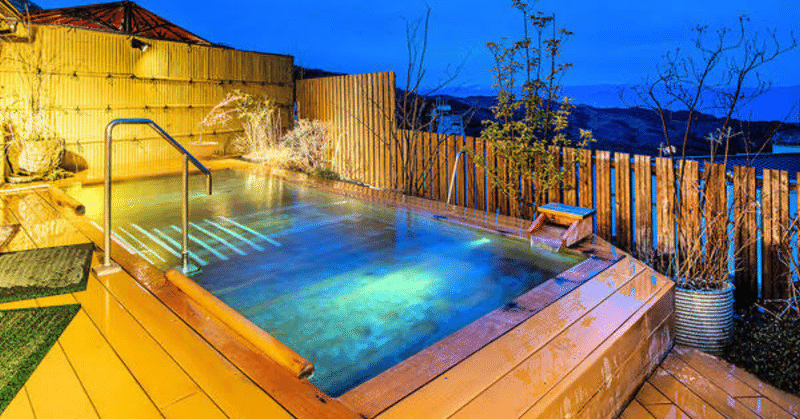
The Culture, History, and Benefits of Japanese Onsen: A Journey Through Healing Waters
Introduction:
Japan, a country known for its rich culture and history, is also home to thousands of natural hot springs, or onsens, that have been treasured for centuries. The tradition of bathing in onsens has deep roots in Japanese culture, with many people finding solace, relaxation, and rejuvenation in their healing waters. In this article, we will explore the culture, history, and benefits of Japanese onsens, and recommend some of the most renowned hot springs for your next visit to the Land of the Rising Sun.
History:
The history of onsens in Japan dates back thousands of years, with some of the earliest records mentioning hot spring bathing from the 8th century. Onsens were believed to have healing powers due to their rich mineral content, and they played a significant role in traditional Japanese medicine. Over time, onsens became not just a place for physical healing but also a space for spiritual cleansing and relaxation.
Culture:
The onsen experience is deeply embedded in Japanese culture and is often regarded as a sacred ritual. Before entering an onsen, bathers must first cleanse themselves in a separate washing area, ensuring that they are completely clean before immersing themselves in the hot spring water. The act of soaking in the onsen allows for quiet contemplation and relaxation, offering a reprieve from the stresses of daily life.
Health Benefits:
The minerals found in onsens are believed to have various therapeutic effects on the body. Some of the most commonly reported benefits include improved circulation, relief from muscle aches and joint pain, reduced stress, and skin rejuvenation. Many visitors to onsens report feeling a sense of deep relaxation and overall well-being after their soak.
Recommended Onsens:
Kusatsu Onsen: Located in Gunma Prefecture, Kusatsu Onsen is one of Japan's most famous hot spring resorts. The waters here are known for their strong sulfur content, which is believed to have numerous health benefits, including relieving skin conditions and rheumatism.
Beppu Onsen: Situated in Oita Prefecture, Beppu Onsen is renowned for its unique "hells" or "jigoku," which are hot springs with distinct colors and geological features. With over 2,000 hot springs in the area, visitors can experience a wide range of water types and temperatures.
Hakone Onsen: Nestled in the beautiful Hakone region near Mount Fuji, Hakone Onsen offers breathtaking views and a serene atmosphere. This popular destination is easily accessible from Tokyo and features a variety of hot springs, including those with milky-white waters and sulfuric springs.
Noboribetsu Onsen: Found in Hokkaido, Noboribetsu Onsen boasts a diverse range of hot spring waters, including sulfur, salt, and iron-rich springs. The area is surrounded by lush forests and volcanic landscapes, creating a truly immersive experience for visitors.
Conclusion:
Onsens have been an integral part of Japanese culture and history for centuries, offering a unique blend of relaxation, healing, and spiritual rejuvenation. If you find yourself in Japan, consider taking the time to visit one of these beautiful hot springs and experience the tradition and benefits for yourself.
この記事が気に入ったらサポートをしてみませんか?
